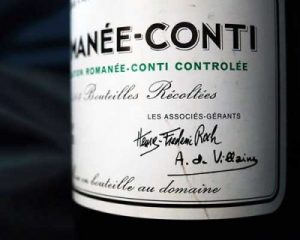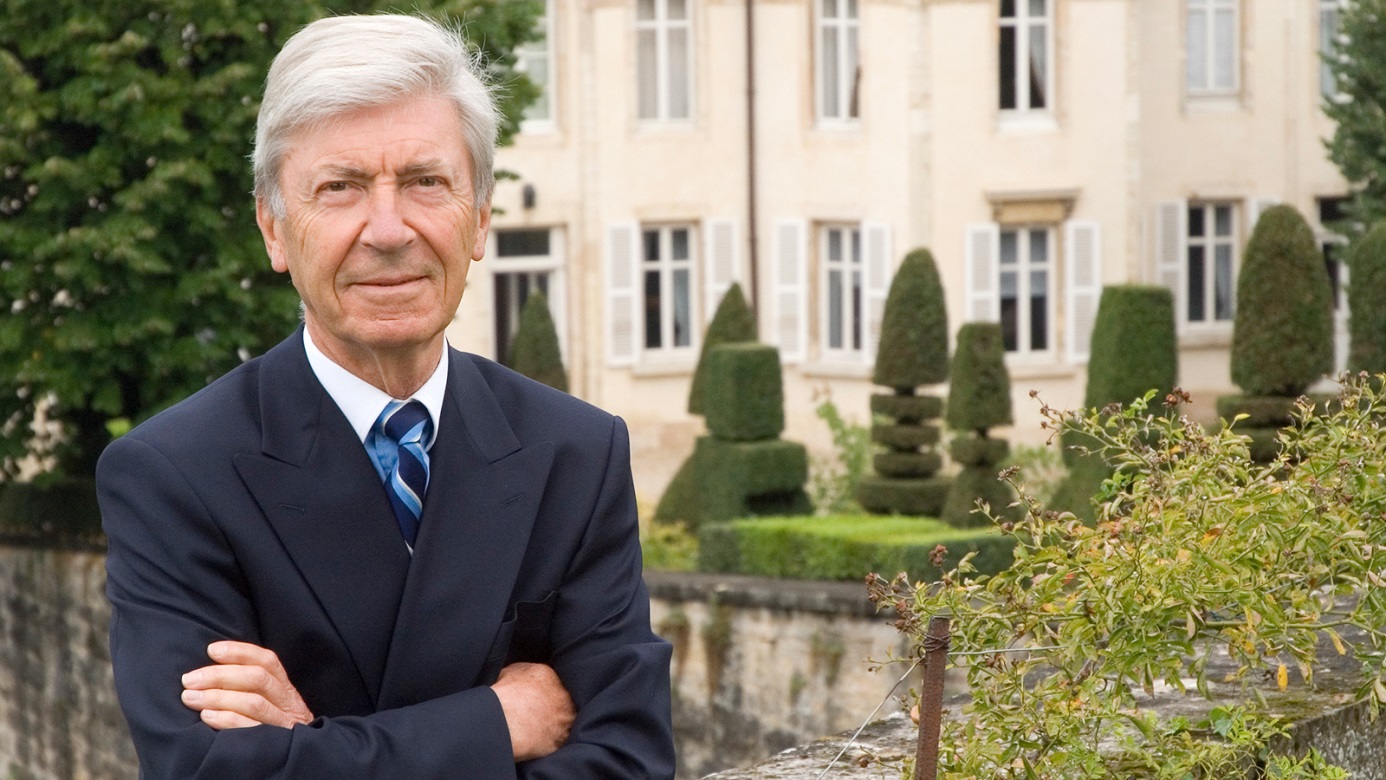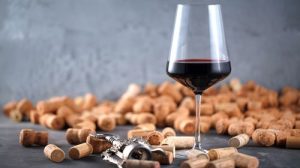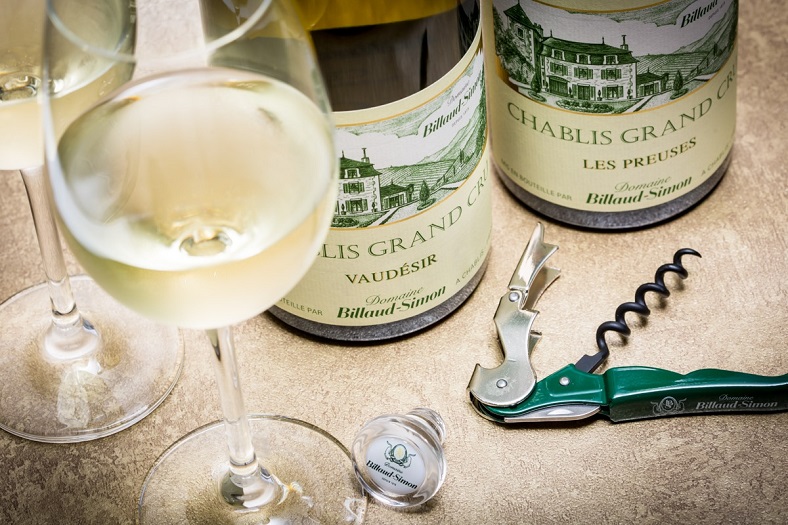
The Faiveley family got their hands on this prestigious Chablis domain in 2014, and the RVF has given it two stars for its fresh and pure production.
As they like to remind us at Domaine Billaud-Salmon, Chablis is Burgundy’s Golden Gate. If you head south to the fine vines of Burgundy, Chablis is the spot you’ll stumble across first. If you’re even luckier and you manage to catch the harvest, take a bunch and hold it up to the light – you might be surprised to see flecks of gold in the fruit. A little bit later, just a few weeks after the harvest, the vineyards take on their autumnal shades across the appellation, proving year after year that it lives up to its nickname. It’s no surprise that it was love at first sight for the Faiveleys when they cast their eyes across the landscape, falling all too easily for a legendary domain whose history dates back to 1815.
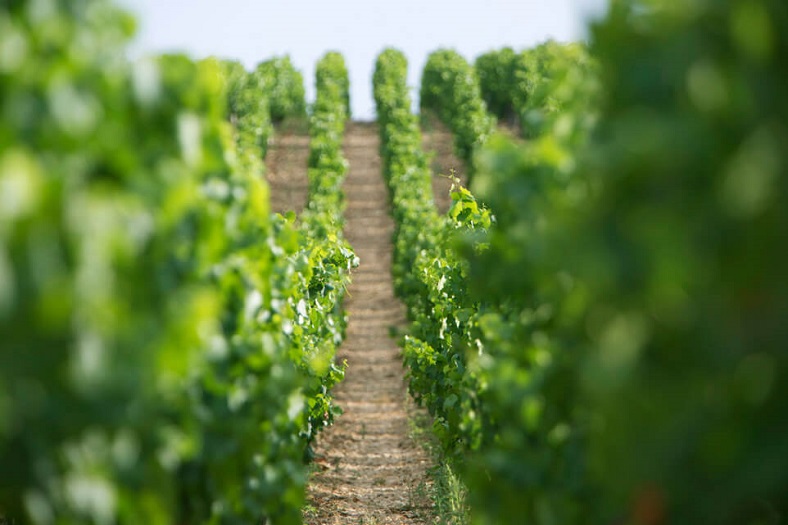
Domaine Billaud-Salmon was founded in Chablis over 200 years ago. Though it wasn’t until after the second world war that its reputation really started to take off, when Jean Billaud was at the helm with his step-father Jules Simon. The first bottling that took place on the property itself was in 1954, and a couple of years later they gave the domain the name by which we know it today, combining their surnames. In 1991, Bernard Billaud decided to leave his career in communications to take up the domain with his cousin Samuel. Together, they overhauled many aspects of the domain’s production, with certain cuvées replaced and new vinification methods introduced. With a not unimpressive count of 4 grands crus and 4 premiers crus, the property quickly became one of the appellation’s leading, high-quality producers. And in 2014, a new page was turned in the Billaud-Salmon story when it was taken up by the famous, Burgundian merchant house Faively, with Erwan Faiveley taking up the torch.
The young manager of this domain had been mulling over the idea of getting involved in Chablis for several years after acquiring Domaine Dupont-Tisserandot in Gevrey-Chambertin. The Faiveley family has been part of the Côte de Nuits landscape since 1825 when Pierre Faiveley founded the merchant house. In 1840, he made it his main job before passing on his passion to Joseph in 1860. Seven generations have now succeeded one another, with the honour now falling to Erwan. Throughout this time, each of the heads brought something new, building the négoce to what it is today: one of the most prestigious in Burgundy. One of them exchanged bottles for fabric, another fought the phylloxera blight, the third founded the famous Confrérie des Chevaliers de Tastevins: “since our wines aren’t selling any more, let’s invite our friends to enjoy them!”. And still another founded the Clos de Vougeot Music and Wine Festival. And each purchased a parcel more exceptional than the last: Clos de Bèze, Corton-Charlemagne, Clos de Vougeot. Erwan and Eve now see it as their duty to preserve the heritage of this house, continuing to promote their crus and their savoir-faire.
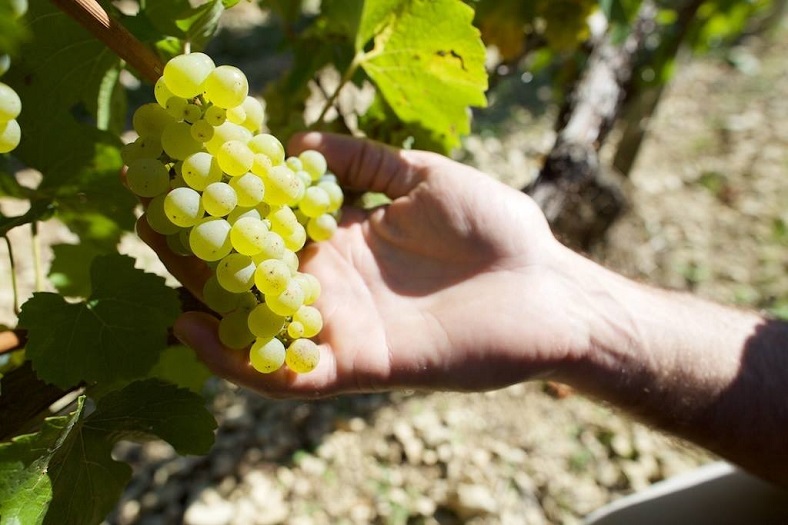
At Domaine Billaud-Simon, most of the vines are more than 50 years old and are maintained with the utmost care (this is without applying for organic status). All of the vines are located within a 2-kilometre radius, on both sides of the Serein river. This Kimmeridgian subsoil is quite unique, something that that the estate wishes to highlight, as it is what gives the Chablis Chardonnay its strong identity. The vines are pruned according to the local Chablis method. The grapes are harvested when ripe, at 12-13 °C (approx. 54°F) depending on the vine. Once hand-harvested, they are hand-sorted before being pressed in a pneumatic press, to retain all of their aromas. The wines are then vinified and aged at the domain, the length of ageing and methods used vary depending on the vintage but always aim to reveal the terroir and enhance its character as much as possible. Since the estate was acquired by Domaine Faiveley, the wines have been produced in the Bernard Billaud style: deliberate wines, which are distinguished by a beautiful minerality. Single parcel winemaking is prioritised because it showcases Burgundy’s individuality. Having said that, the house does not shy from experimenting with its own style, seen in the use of some oak barrels for ageing.

